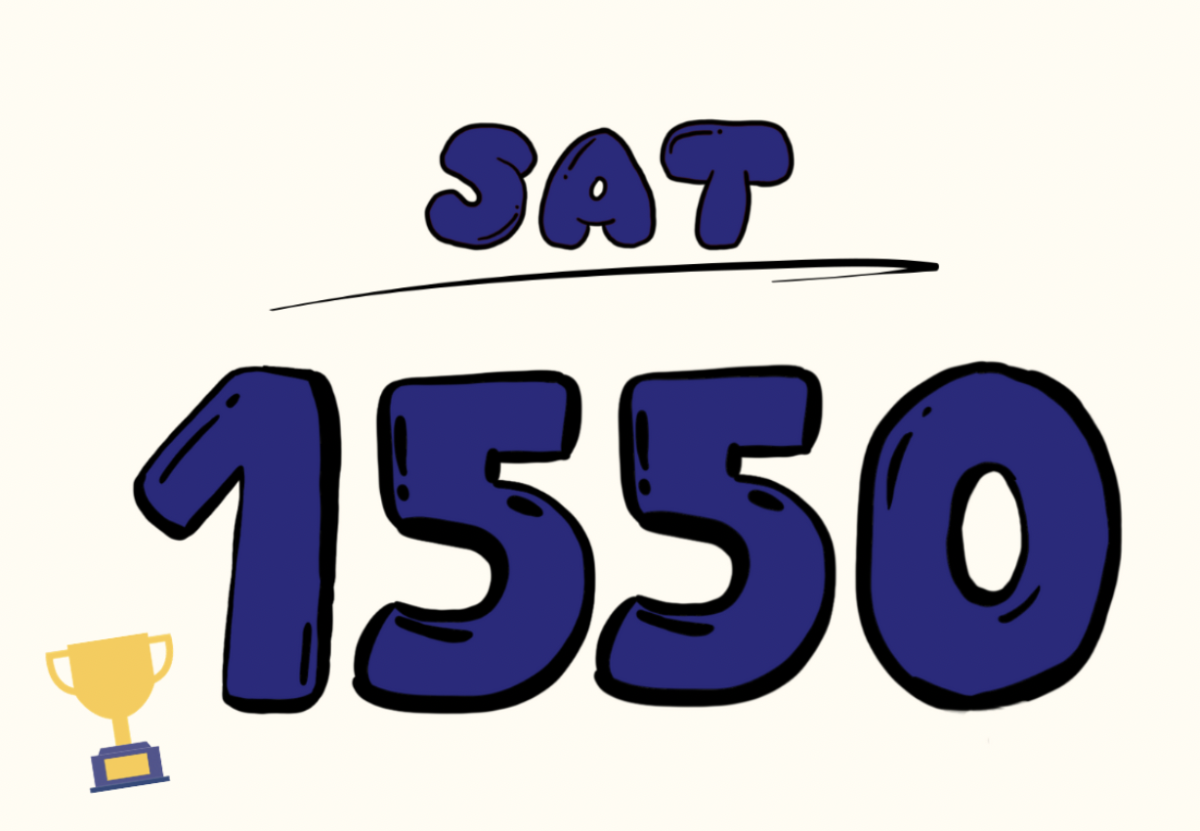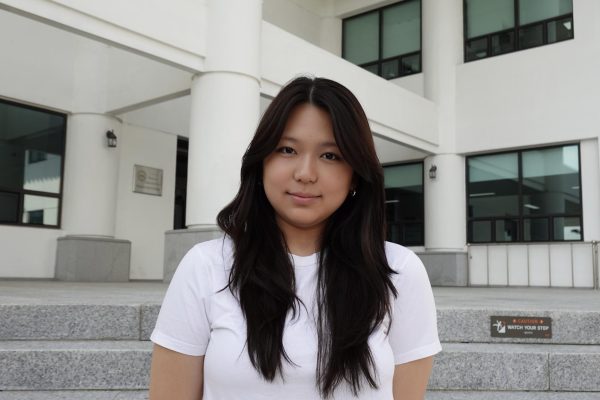There is a famous saying in SIS: students must finish their SAT with a 1550 or above before junior year. With this in mind, most students put in their best effort to prepare for the SAT before sophomore year, ideally planning to finish it on their first try in August as rising sophomores.
In addition to this pressure, there are also practical reasons. As students view junior year as the most hectic and academically overwhelming year of highschool, they want to mark SAT off of their list of things to do to reserve time for other activities.
However, due to mistakes or limited preparation, many students fall short of their desires. Only a handful of students finish their SAT in the first test they take in August, and for most, preparations continue throughout sophomore and junior year.
Following the score realised, SIS students fall under pressure, feeling as if they are falling behind if they do not achieve the target score early enough. Especially under the hyper-competitive nature of SIS where a 1550 on the SAT is a “formula to the Ivy league,” it burdens the students to rush their studies.
SIS students are left with no choice but to try to dedicate more time to study for the SAT while also having to grapple with their limited time with other school subjects, extracurricular activities, and personal lives. Therefore, it is a valid criticism that SIS students often become obsessed with overachieving SAT scores. Despite many students having well-above average scores in high 1400s or low 1500s, they still continue taking the test until they reach the ultimate goal of 1550.
This excessive fervor over a certain SAT score often costs students their academics. As studying for the SAT is time consuming work, it often ruins the balance between school, forcing students to handle more than their capacity.
It is without a doubt that there are merits to receiving a desirable SAT score ahead of others, but does not grant students a better chance or position in college admission.
In contrast to popular belief in SIS, preparing for the SAT throughout junior year of highschool is not late but rather an adequate time for students to take the test. By junior year, the contents of SAT are mostly covered in school, giving students better understanding of what they are expected to do in the test.
AP English Language and Composition, a popular course for SIS juniors, takes a similar approach as the SAT; it largely enhances students’ reading skills for MCQs and allows them to simultaneously prepare for both the AP test and the SAT. In terms of mathematics, the SAT covers Geometry and Algebra 2, which are taught in freshman and sophomore curriculums at SIS.
Academic pressure is not invariably bad; it is undeniable that the compulsion motivates SIS students to thrive and challenge themselves further. But the pressure regarding the early onset of SAT is currently over the board and disrupting the holistic academic development of students.
Students often overlook the idea of colleges taking a holistic approach to their admissions- 20 or 30 extra points on SAT would not dramatically alter the admission results. Rather, focusing and adjusting to the needs time-to-time is a better way to not only achieve a better SAT score but also balance the overall life of students.
Of course, SAT scores are important. But it is not to the degree where it has to be prioritized at the cost of other academic aspects. Students, please know that the unspoken rule of needing 1550 or above in SAT before junior year is nothing but a myth.


